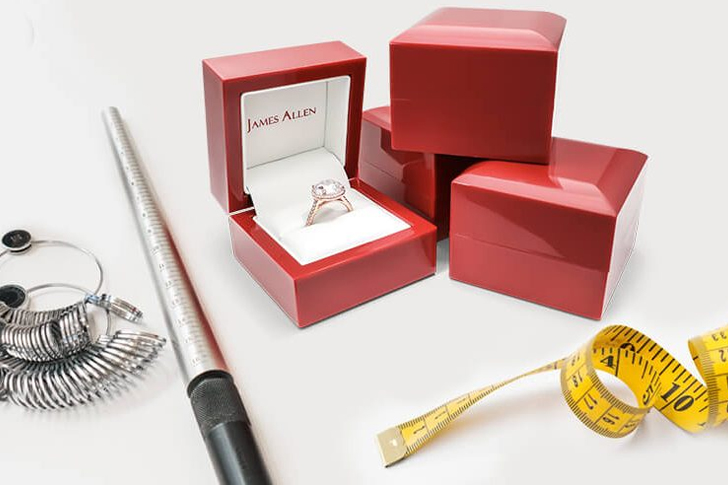Practical DIY Methods to Measure Your Ring Size at Home
Finding the right ring size is essential, whether you’re planning to surprise a loved one with a gift, shopping online, or crafting a ring yourself. Visiting a jeweler to have your finger measured is the most accurate way, but isn’t always convenient or possible. Fortunately, there are several DIY methods you can use to measure your ring size at home that are easy, effective, and can give you a reliable measurement.

Understanding Ring Size Measurements
Before diving into the measuring techniques, it’s important to understand how ring sizes are determined. In the United States, ring sizes are typically measured using a numerical scale with half and quarter sizes. The scale ranges roughly from size 3 to 13.5 for adults. Each size corresponds to a specific diameter and circumference of a ring. For instance, a size 6 ring corresponds to a finger circumference of about 51.8 millimeters (mm) or roughly 2 inches.
The String or Paper Strip Method
One of the most popular DIY methods is using a string or paper strip. Simply cut a thin strip of paper or a piece of non-stretchy string. Wrap it around the base of the appropriate finger. Mark the point where the end meets the rest of the string or paper with a pen. Lay the marked string or paper flat against a ruler and measure the distance in millimeters. This measurement is the circumference of your finger. Compare this measurement to a ring size chart available online to find your size. Be sure to measure your finger at the end of the day when it is most likely at its largest size.
The Ring Sizer Tool
You can also use a printable ring sizer, which many jewelry websites offer as a downloadable PDF. These tools generally work similarly to the string method but are designed specifically for measuring ring size. After printing the sizer, you must carefully cut it out and slide the tapered end through the slit to create a ring-like shape. Place it around your finger and pull the tapered end until it fits comfortably but snugly, ensuring that it can also slide over the knuckle. The indicated ring size at the slit gives you your measurement.
Using a Non-Stretchy Band
If you have concerns about the accuracy of string or paper, consider using a non-stretchy band like a skinny zip tie. Loop it around your finger and tighten it until it fits comfortably. Again, make sure it slides over the knuckle without difficulty. Mark the spot where the end meets the rest of the band, then lay it flat against a ruler to measure. Use the same ring size chart to determine your size. This method can sometimes offer a more reliable measurement, as the material is less prone to bending and stretching than paper or string.
Comparing a Current Ring
If you already own a ring that fits perfectly on the desired finger, measuring it can be another practical approach. Place the ring on a ruler and measure the internal diameter in millimeters. For instance, if the inside diameter measures 18.1 mm, that corresponds to a US size 8. You can find conversion charts online that convert internal diameter measurements to US ring sizes.
Temperature and Time Considerations
Keep in mind that finger size can change slightly throughout the day and under different temperature conditions. Fingers tend to swell in hot weather and can shrink in the cold. For the most accurate measurement, measure your finger at the end of the day when they are likely the largest. Ensure the conditions in which you measure your finger are moderate—try to avoid extremely hot or cold conditions.
When to Consult a Professional
While these home methods can provide a good estimate of your ring size, they are not fail-proof. If you are investing in an expensive ring or if the ring design makes resizing difficult, it is highly recommended that you visit a professional jeweler to have your size confirmed. Additionally, if you find significant discrepancies between different measurement methods, professional sizing is advisable.
Conclusion
Determining your ring size accurately at home can be straightforward with the right approach. Methods like using a paper strip or string, a printable ring sizer, a non-stretchy band, or comparing an existing ring can all provide good measurements. However, always consider factors like time of day and temperature, as these can affect your sizing. When in doubt, especially for important ring purchases, consulting with a professional is the best way to ensure the perfect fit.
By using these practical DIY methods, not only will you save time and possibly costs, but you will also gain knowledge about ring sizing which can be useful for future purchases. Remember to check your size periodically, as finger sizes can change over time.







Recent Comments